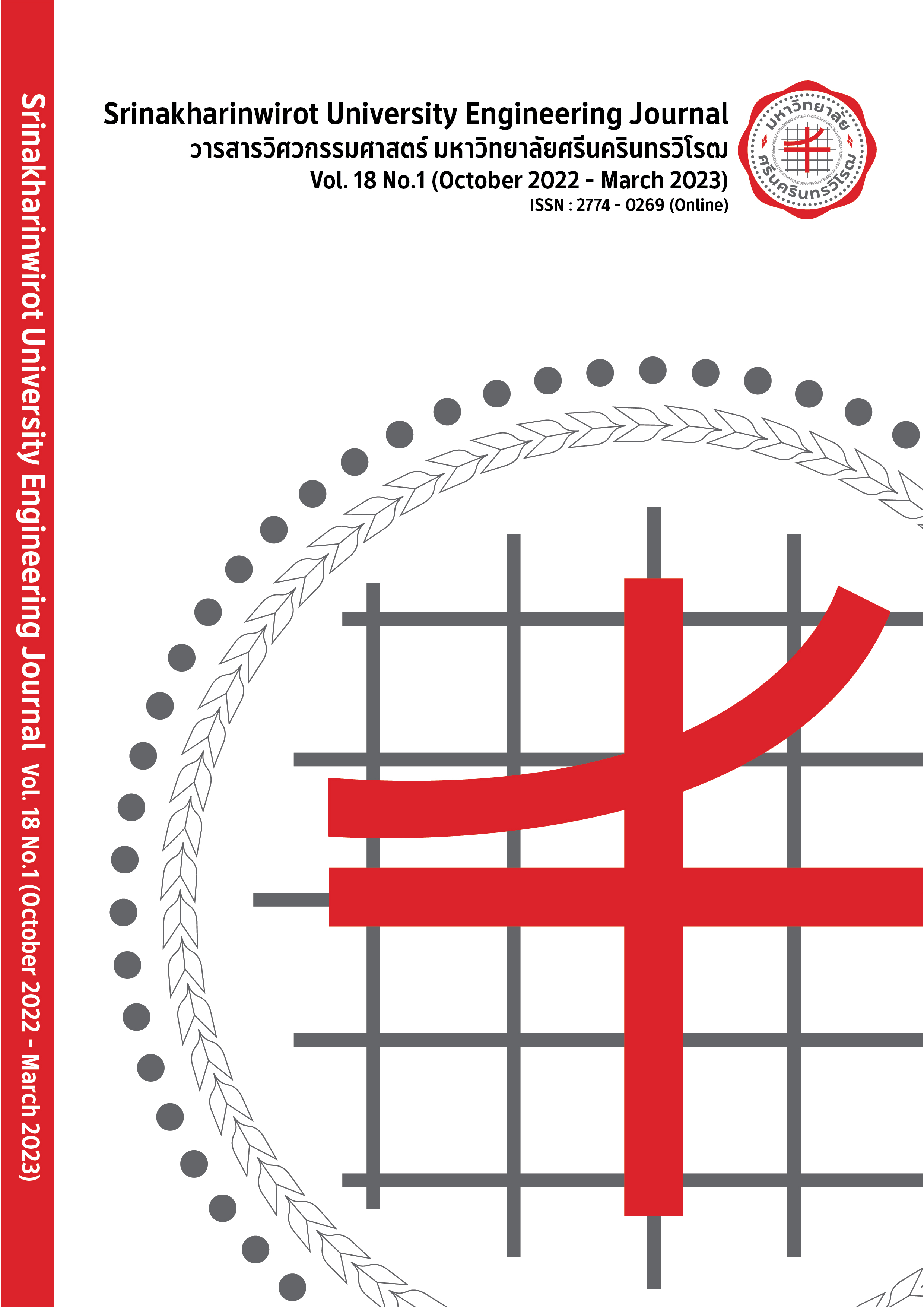Determination of the Method of Aircraft Inbound and Outbound Flight Operations within Terminal Control Area between the Current Chiang Mai Airport and the Second Chiang Mai Airport Banthi District, Lamphun Province
Main Article Content
Abstract
The objectives of this article was to determine the procedure design in the airspace by using Standard Instrument Departure: SID and Standard Instrument Arrival: STAR for aircraft inbound and outbound within Terminal Control Area between the current Chiang Mai Airport and the second Chiang Mai Airport, the researcher studied the geographical basis. Obstacles around the airport and restrictions on the air space will affect the aircraft's flight inbound and outbound of the airport.
This includes air traffic service models as well as air traffic service statistics that can handle the maximum aircraft volume. Within the framework of the concept and principles used to determine the method of flight operations. The results of the research can determine the operation of aircraft flying inbound and outbound between the current Chiang Mai Airport (VTCC) and the second Chiang Mai Airport, Banthi District, Lamphun Province (VTCB) with 2 runways, including 4 directions used for the flight of aircraft inbound and outbound, linking to the reporting point/transfer point designated between air traffic service units (VISES, LAMUN, ADLUS, MONLO, KABMU, ASAVI, PANTA, ENBAT, MARNI, GOGOP and PUMAM), a total of 11 reporting points which can be divided into 2 main parts
- The Standard Instrument Departure (SID) has established 6 main paths to control the flight of the aircraft outbound (Path Descriptor/Waypoint Path): BANTI, DOILO, WEERA, FRANG, PHRAO and YONOK. There are 9 charts that define climb Gradient 1 NM/300 ft or 0.049 / 4.94% and vertical separation between aircraft with a flight altitude above 1,000 ft or more.
- Standard Instrument Arrival (STAR) has established 8 main paths to control the flight of the aircraft inbound (Path Descriptor/Waypoint Path) – PARNU, PASAK, SAKET, SUTEP, PINUM, SAIAU, TAPAE and WORAI to the final approach fix (FAF). There are 11 charts that define descent gradient according to the performance of the aircraft, but the final approach segment is set at 0.052 / 5.2% and the vertical separation between aircraft with a flight altitude above 1,000 ft or more and the speed of the aircraft does not exceed 250 knots.
The test results have determined the conditions of flight inbound and outbound according to the profile specified in the flight operation method. Under the air traffic control environment, it found that the air traffic volume at both airports was 40 flights per hour, an increase of 16 flights per hour, or 66.67 per cent.
The amount of air traffic can increase depending on key factors, including the air traffic conditions at that time. Communication between air traffic controllers and pilots Pilot interaction, aircraft performance flight direction of the aircraft determining the distance between aircraft and the capabilities of air traffic controllers to manage the air traffic volume at that time, including coordination between air traffic control agencies, etc.
Article Details

This work is licensed under a Creative Commons Attribution-NonCommercial-NoDerivatives 4.0 International License.
Copyright belongs to Srinakharinwirot University Engineering Journal
References
Air Transport Statistics. (2018, January). Airport of Thailand PLC. Annual Report [Online]. Available: https:// www.airportthai.co.th/th/
Airport Development Project. (2018,January). Airport of Thailand PLC. Annual Report [Online]. Available: https:// www.airportthai.co.th/th/
Mission. (2022, DEC 5). Air Traffic Management. [Online]. Available: https:// www.aerothai. co.th/th/services/
Recommendations on airspace usage and the impact of airspace usage around similar airports., “Preparation of the master plan for the establishment of the country's commercial airports,” Air Transport Research and Academic Services Center Kasetsart University, June 2017.
Aeronautical Charts, Annex 4 International Civil Aviation Organization, 2016.
Units of Measurement to be Used in Air and Ground Operations, Annex 5, International Civil Aviation Organization, 2010.
Air Traffic Management, Doc 4444, Procedures for Air Navigation Services — Air Traffic Management, International Civil Aviation Organization, 2016.
Flight Procedures, Doc.8168/OPS/611 Aircraft Operations Vol.I, International Civil Aviation Organization, 2014.
Construction of Visual and Instrument Flight Procedures, Doc.8168/OPS/611 Aircraft Operations Vol.II, International Civil Aviation Organization, 2014.
Aeronautical Chart, Doc8697 Aeronautical Chart Manual, International Civil Aviation Organization, 2016.
En-route, Aeronautical Information Publication Thailand, The Civil Aviation Authority of Thailand, 2019.


